This is my first post, though I've been using this great site for many months. Now for my issue. I was lucky enough to purchase a 4.35 ct. OMC diamond from a friend. I had it appraised by a well qualified gemologist who appraised it as M color, VS1 clarity, as his best approximation of how GIA would grade it. I had it set in an Edwardian style men's ring and it's just beautiful. Here's the problem. In some light it's absolutely gorgeous! In other light, however, it has a very apparent fish eye that makes it look a murky off-yellow. I've been wondering if I should consider having the currently bruted and rather thin girdle faceted. I read that a faceted girdle often reduces fisheye. Also there's a pretty good chip on one part of it that I could maybe get cut out in the process, thus improving its grade. (Actually, he noted that it WOULD be VS1 if the chip were polished off.) Now my questions:
1. Would faceting the girdle be likely to remove/reduce the fish eye?
2. Would the value added by reducing the fisheye and increasing the beauty be offset by loss in value because it might no longer appear to be an authentic antique? (Not that I'm planning to sell it...)
3. How expensive would this be? Who does this type of work? What are the risks? Could I still keep it over 4.0 cts.?
I'll try to post pictures if I can figure out how. Thanks!!!
pkanawha
1. Would faceting the girdle be likely to remove/reduce the fish eye?
2. Would the value added by reducing the fisheye and increasing the beauty be offset by loss in value because it might no longer appear to be an authentic antique? (Not that I'm planning to sell it...)
3. How expensive would this be? Who does this type of work? What are the risks? Could I still keep it over 4.0 cts.?
I'll try to post pictures if I can figure out how. Thanks!!!
pkanawha


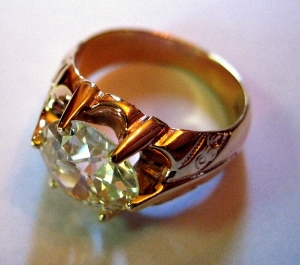


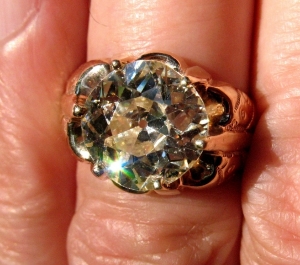
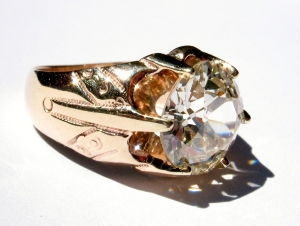
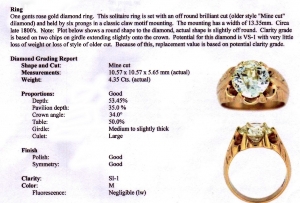
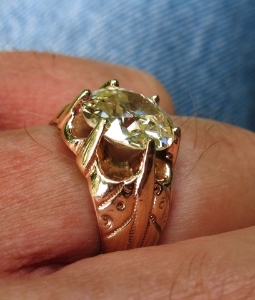
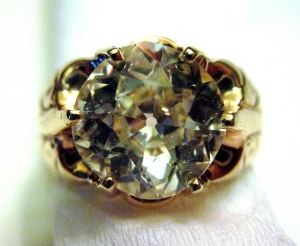
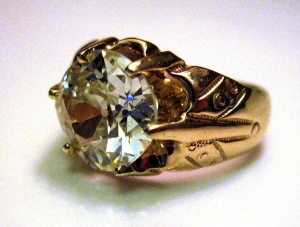
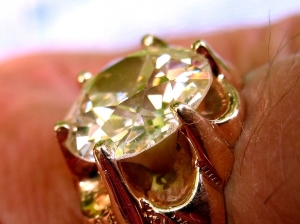
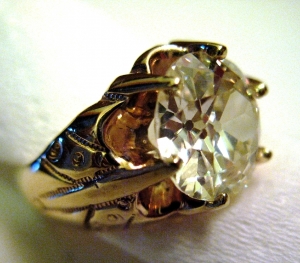
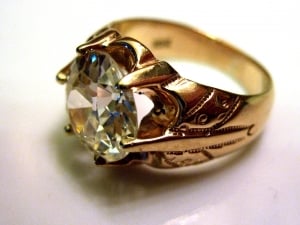
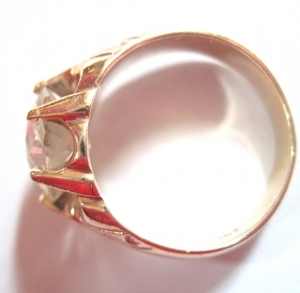
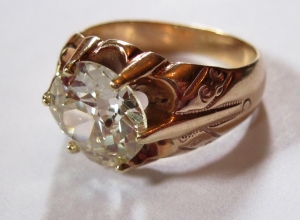
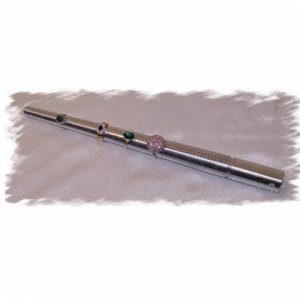
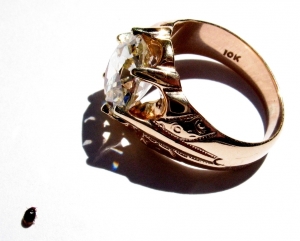
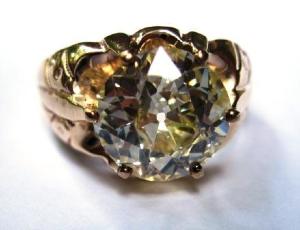
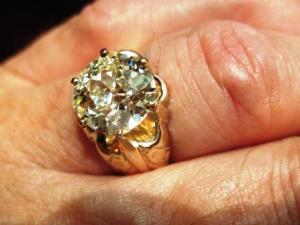
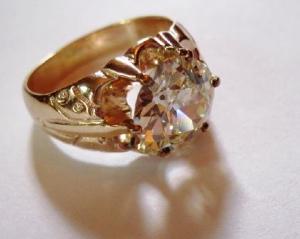

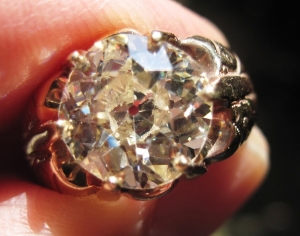
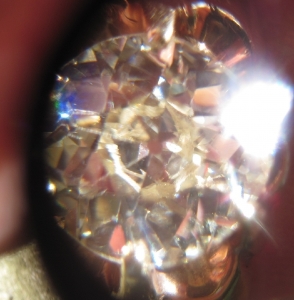
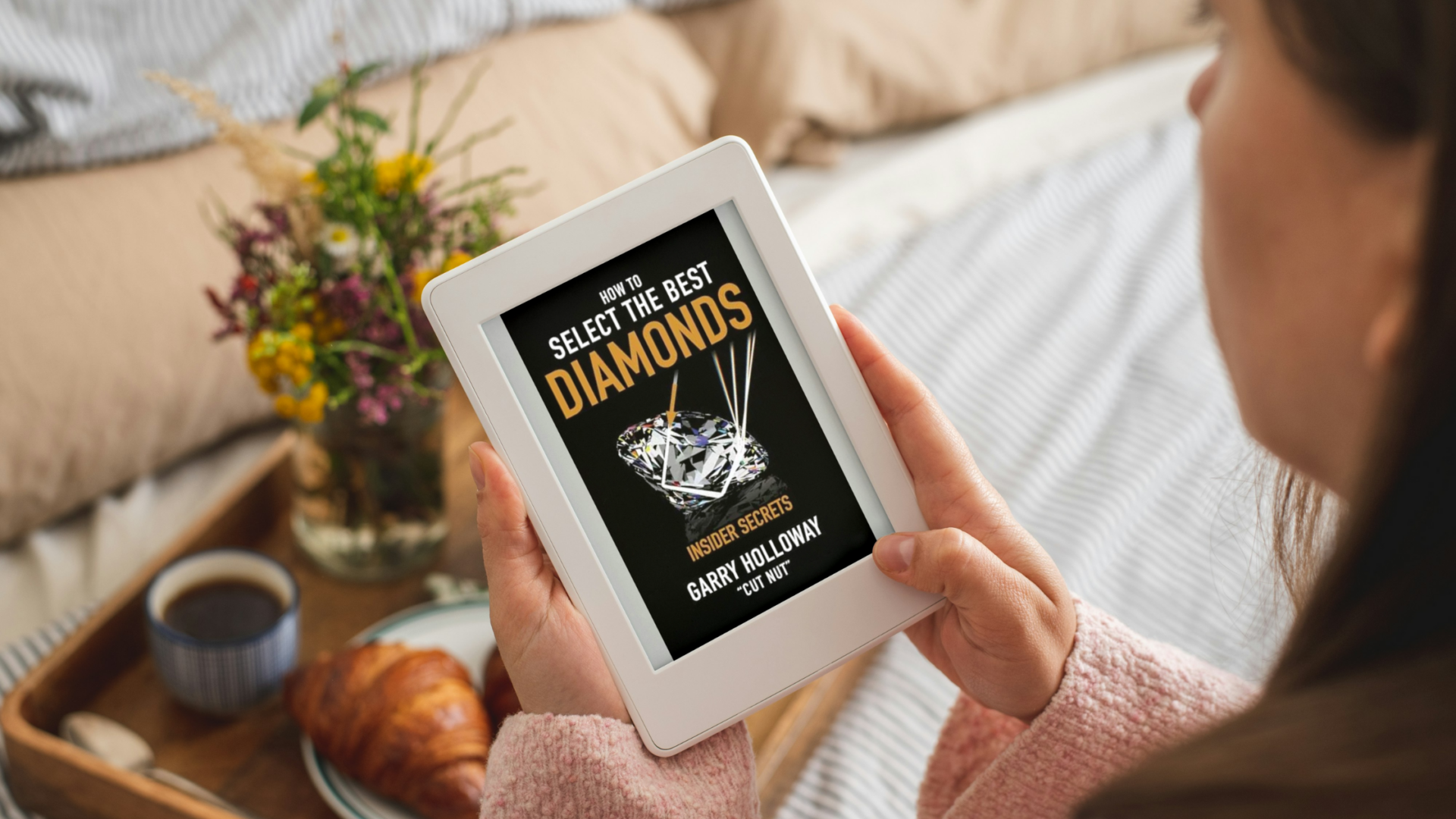

300x240.png)